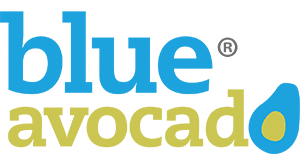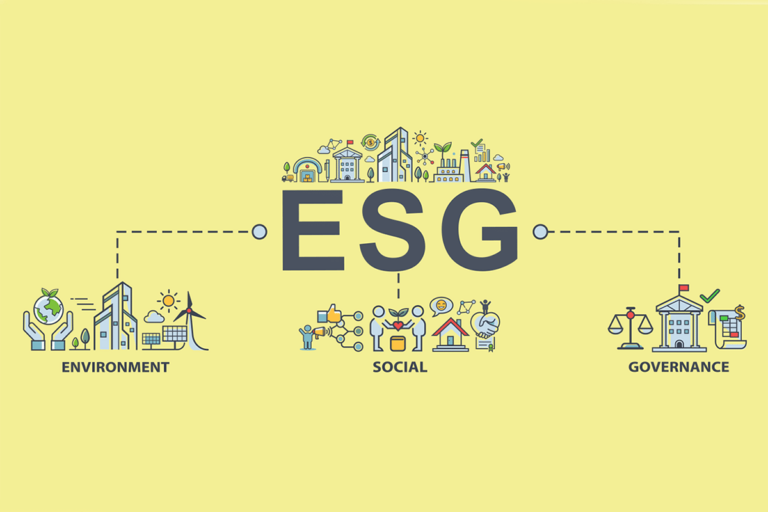Recent Posts
Navigating the nonprofit world can be challenging. Blue Avocado offers expert guidance on a range of topics — from building strong boards to maximizing your fundraising impact. Explore our latest posts for practical tips, strategies, and solutions to common issues facing nonprofit organizations today.
-
The Best Way to Raise Money? Choose a Revenue Strategy
-
What Should Nonprofit Boards Know About Insurance Brokers?
-
In Search of Unicorns: Finding & Hiring Outside Grantwriters Part 2
-
Unicorns Found: Meet Two Grantwriters
-
Word on the Street from the Council on Foundations Conference
-
The Unrecognized Value of Community Nonprofits, Hiring Grantwriters, Extended Warranties, MTV
-
In Search of Unicorns: Finding & Hiring Grantwriters, Part 1
-
Nonprofit Budgets Have to Balance: False!
-
Don’t Drive, Chew Gum and Use the Phone at the Same Time
-
Meaningful Acts of Appreciation for Nonprofit Boards and Staff
-
Nonprofits and the Media
-
Pay Off My Student Loan or Pay Into a 401K?
-
What Should We Do About an Employee’s Outrageous Blog?
-
Why is it called Blue Avocado?
-
Abolish Board Committees?
-
Reasons to Have (& Not to Have) an Attorney on a Nonprofit Board
-
Can We Require An Employee To Take Her Meds?
-
Promises, Promises: Rural Advocates vs. Big Philanthropy
-
Five Ways to Let Government Money Run You Over
-
Good Management vs. Good Leadership
-
What Do I Say to a Donor or Funder?
How nonprofits can overcome the complex legislative landscape to effectively lobby and pass laws that serve their communities.
To fight the battle against hunger, nonprofits can advocate for meaningful change in our societal structures.
One board member’s personal trials and triumphs of serving on a board, including invaluable lessons that every board member can benefit from.
A tale of transformation and innovative thinking from Motley Zoo Animal Rescue, which shares the lessons they’ve learned and how they overcame obstacles to create a sustainable, community-focused animal rescue system.
Why nonprofits, particularly those supporting marginalized communities, must become active players in the landscape of advocacy.
Why nonprofits that embrace a consensus-based decision model can enhance services, adapt to change, and make a lasting impact.
Seven things nonprofit executives can begin saying to set boundaries with funders and say no without consequences.
For nonprofit organizations, filing a Form 990 can be overwhelming and confusing, especially if it’s your first time. In this article, we will discuss everything you need to know about filing a Form 990, including six steps to take before, during, and after transmitting your form to the IRS.
By expanding ESG efforts and communicating them effectively, nonprofits can engage new audiences and achieve greater impact. This article discusses how nonprofits can document and communicate their ESG impact and provides five steps to get started.
How to deliver on-the-ground relief to internally displaced persons including formation of a nonprofit, fundraising, partnerships, and more.
Learn about what makes a good talent management strategy and how investing in learning and development helps organizations fill their leadership pipeline.
Discover how small nonprofits can take on unfair laws and policies that hinder their ability to serve their communities and come out victorious with the help of coalitions.
Learn about tangible benefits from collaborative fundraising and the five simple steps to ensure your collaboration goes as well as possible.
The Chief Diversity Officer (CDO) at the Urban Institute explains why it is important to re-confirm and re-establish the need to keep making progress on the important work of equity and inclusion in nonprofit organizations to affect real change.
For small nonprofits it’s difficult to know where to start with fundraising for target programs. The problem is compounded when your nonprofit is located in a disadvantaged community. If you find yourself in this situation, peer-to-peer fundraising, centered on grassroots recruiting, could be the route to achieve your objectives in a well-defined timeframe.
A compelling case for how nonprofits can build organizational capacity and infrastructure to ensure longevity by getting funding for those investments for their nonprofit.
Five steps nonprofits can take to implement strategic inquiry including building board support, listening to community, research, broadening networks, and sharing the journey.
Neither supervisors nor employees think that the current process for performance appraisals is working. In this article, our author uses her experience as a trainer and coach with more than 2,000 managers, direct service staff, board members, and other volunteers to present a 6-pointed, human-centered approach that supervisors can use to fix the performance appraisal process.
To understand how resignation trends impacted nonprofits, sector leaders must look below the headline figures to understand employee motivations.
Borrowing from her own experience of losing her husband from cancer, the author presents five strategies to help employees work through grief.
Nonprofits can learn from the for-profit sector’s efforts on ESG and begin to think about how these corporate strategies can apply to their work as well.
10 concepts that both public speaking and fundraising have in common: Goal setting, knowing your audience, visualizing success, and paying attention to the details.
How to handle termination of employment at their nonprofit properly and with due regard for all concerned.
How understanding the sensory funnel can help nonprofits better take care of their employees and volunteers.






























